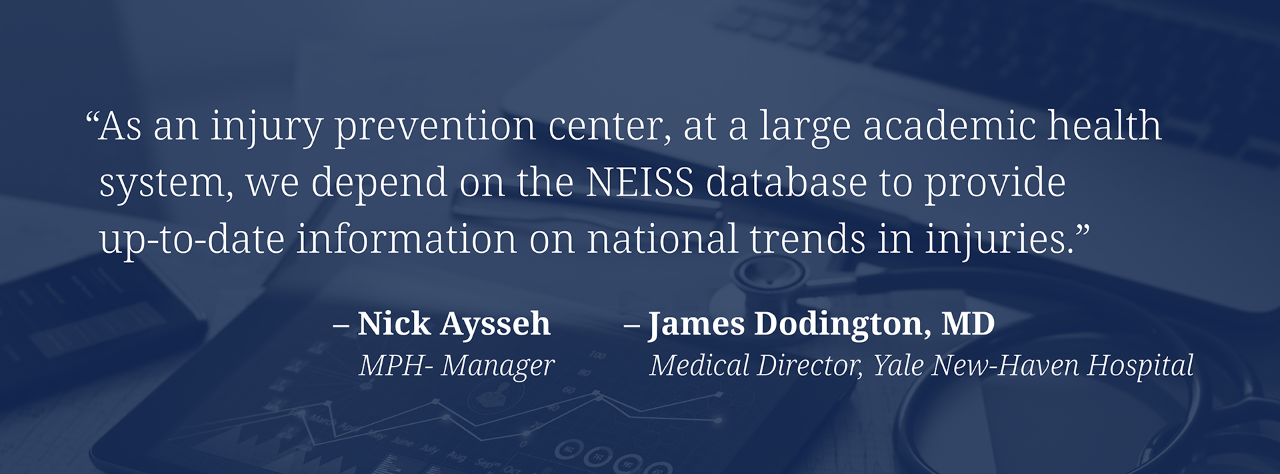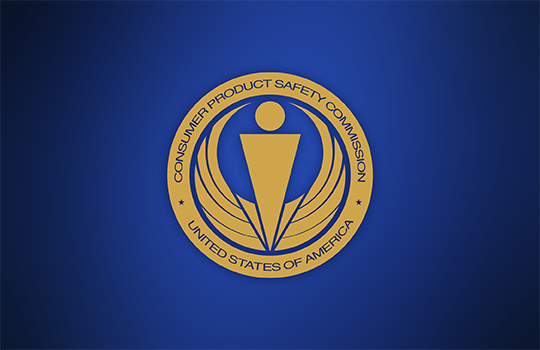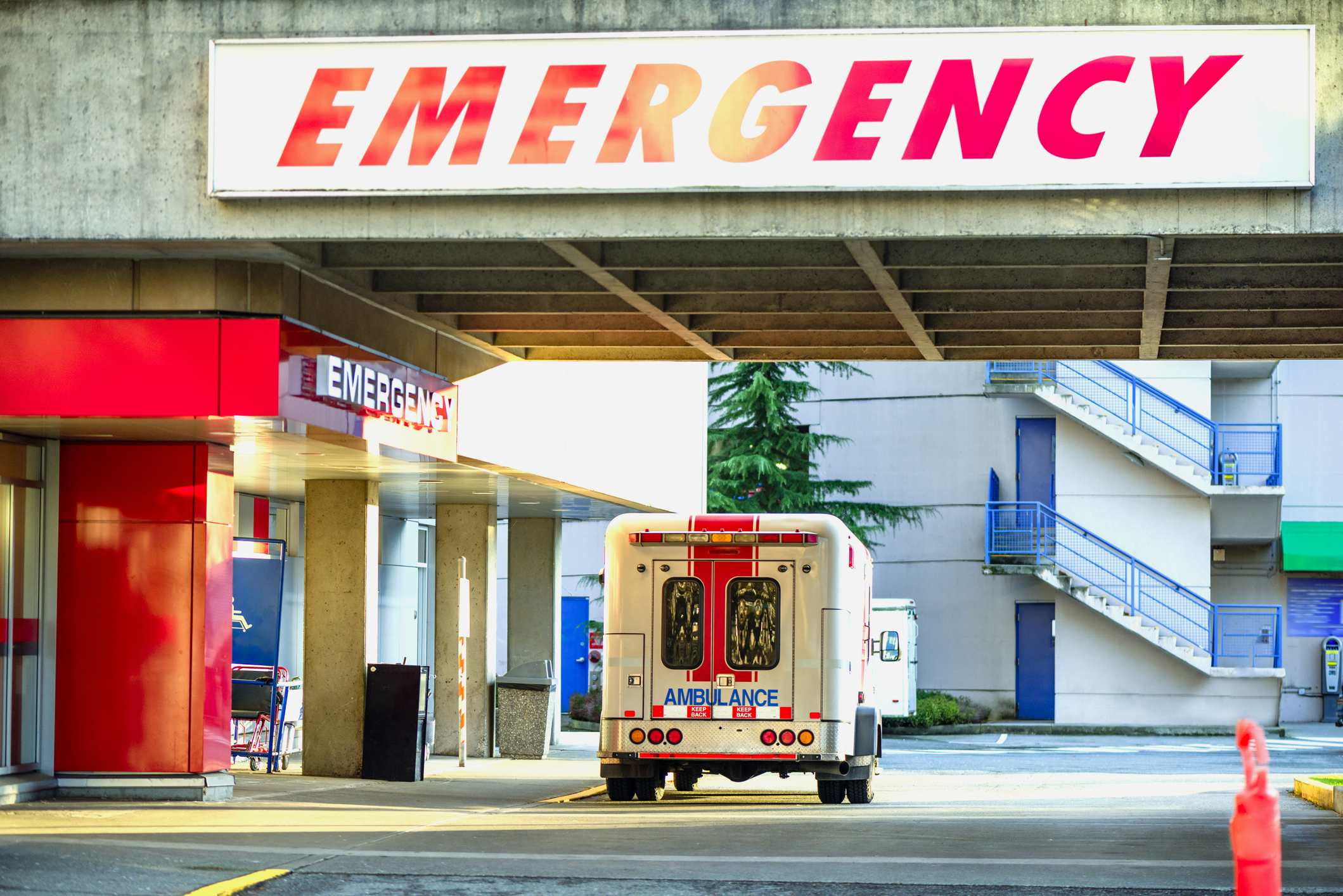
Quick Links
NEISS empowers CPSC to save lives

Since 1972, CPSC has been charged by Congress to protect the public from unreasonable risks of injury and death related to more than 15,000 types of consumer products.
Data fuel the public health policies and interventions that CPSC develops. The National Electronic Injury Surveillance System (NEISS) is CPSC’s largest and most dynamic data collection and follow-back surveillance system, providing timely data on consumer product-related injuries. Learn how your hospital can join the NEISS system and help CPSC save lives.

What is NEISS?
NEISS fuels all of our research, policy making, and public health work. Learn more about how the system helps save lives.

What can NEISS do for you?
When your hospital joins NEISS it positively influences public health in your community and beyond.

How does NEISS work?
Learn more about how NEISS operates once your hospital has joined the community.

Coding that fits your hospital
Choose what’s best for your institution with the NEISS system’s flexible coding options.

How to Join NEISS
Ready to make a difference in public health at the local, state, and federal level? Learn how your hospital can join NEISS.

HIPAA and Data Security
CPSC is dedicated to protecting the privacy of your patients. Learn how NEISS is fully compliant with the HIPAA Privacy Rule.

